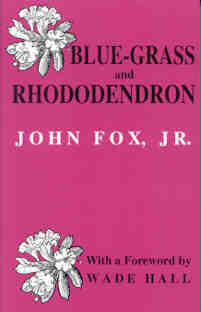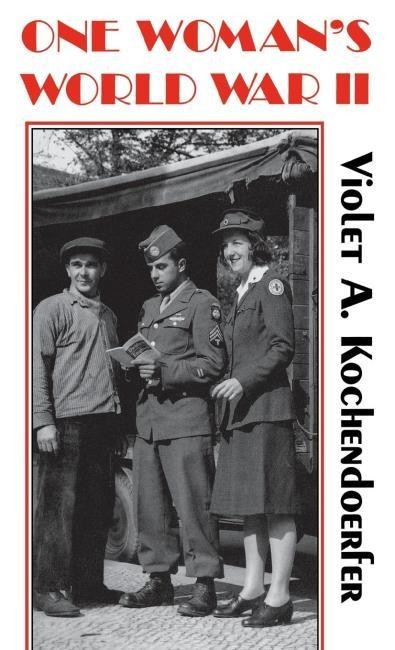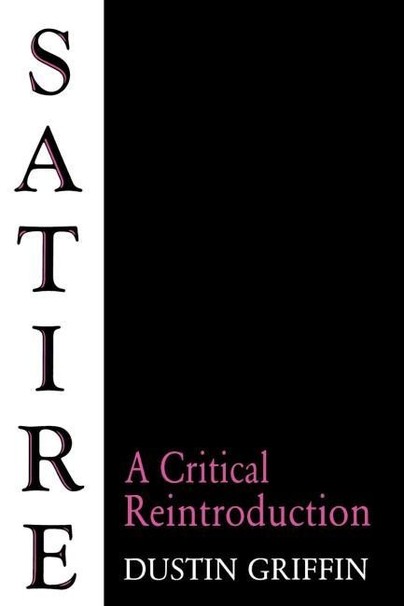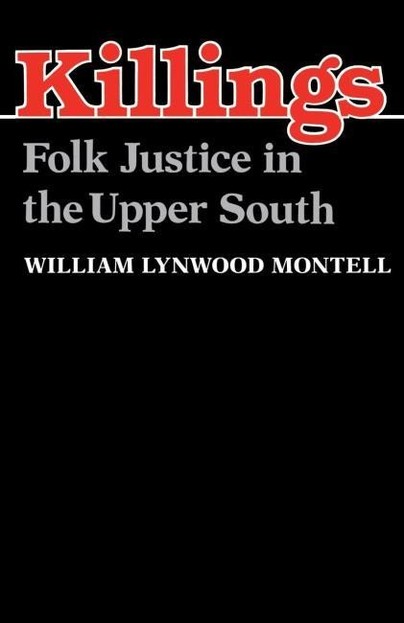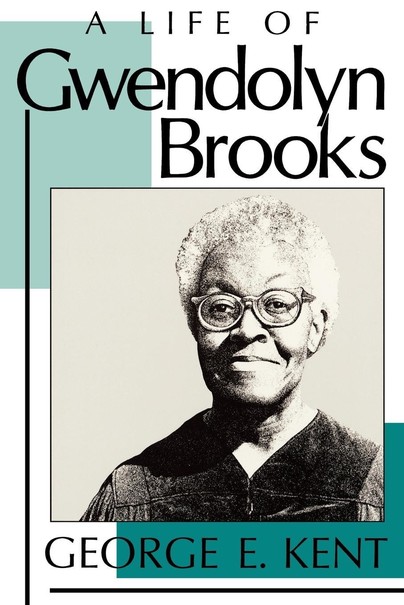The Berlin newspaper Der Angriff ( The Attack), founded by Joseph Goebbels in 1927, was a significant instrument for arousing support for Nazi ideas. Berlin was the center of the political life of the Weimar Republic, and Goebbels became an actor upon this frenetic stage in 1926, becoming Gauleiter of Berlin's Nazis. Focusing on the period from 1927 to 1933, a time the Nazis later called "the blood years," Russel Lemmons examines how Der Angriff was used to promote support for Nazism.
Some of the most important propaganda motifs of the Third Reich first appeared in the pages of Der Angriff. Horst Wessel, murdered by the German Communist Party in 1930, became the archetypal Nazi hero; much of his legend began on the pages of Der Angriff. Other Nazi propaganda themes -- the "Unknown SA man" and the "myth of resurrection and return" -- made their first appearances in this newspaper. How could the Germans, seemingly among the most cultured people in Europe, hand over their fate to the Nazis? As this book demonstrates, Der Angriff had much to do with the rise of National Socialism in Berlin and the cataclysmic results.






